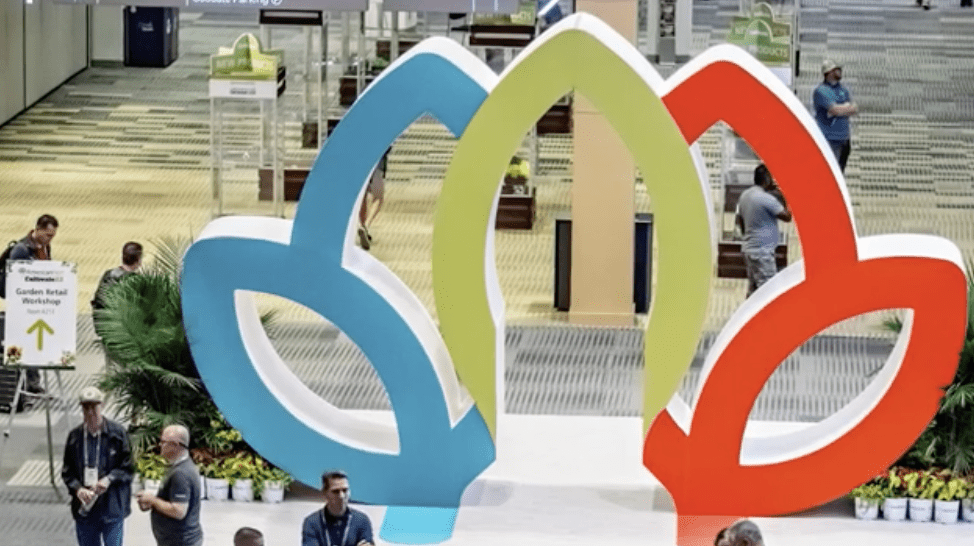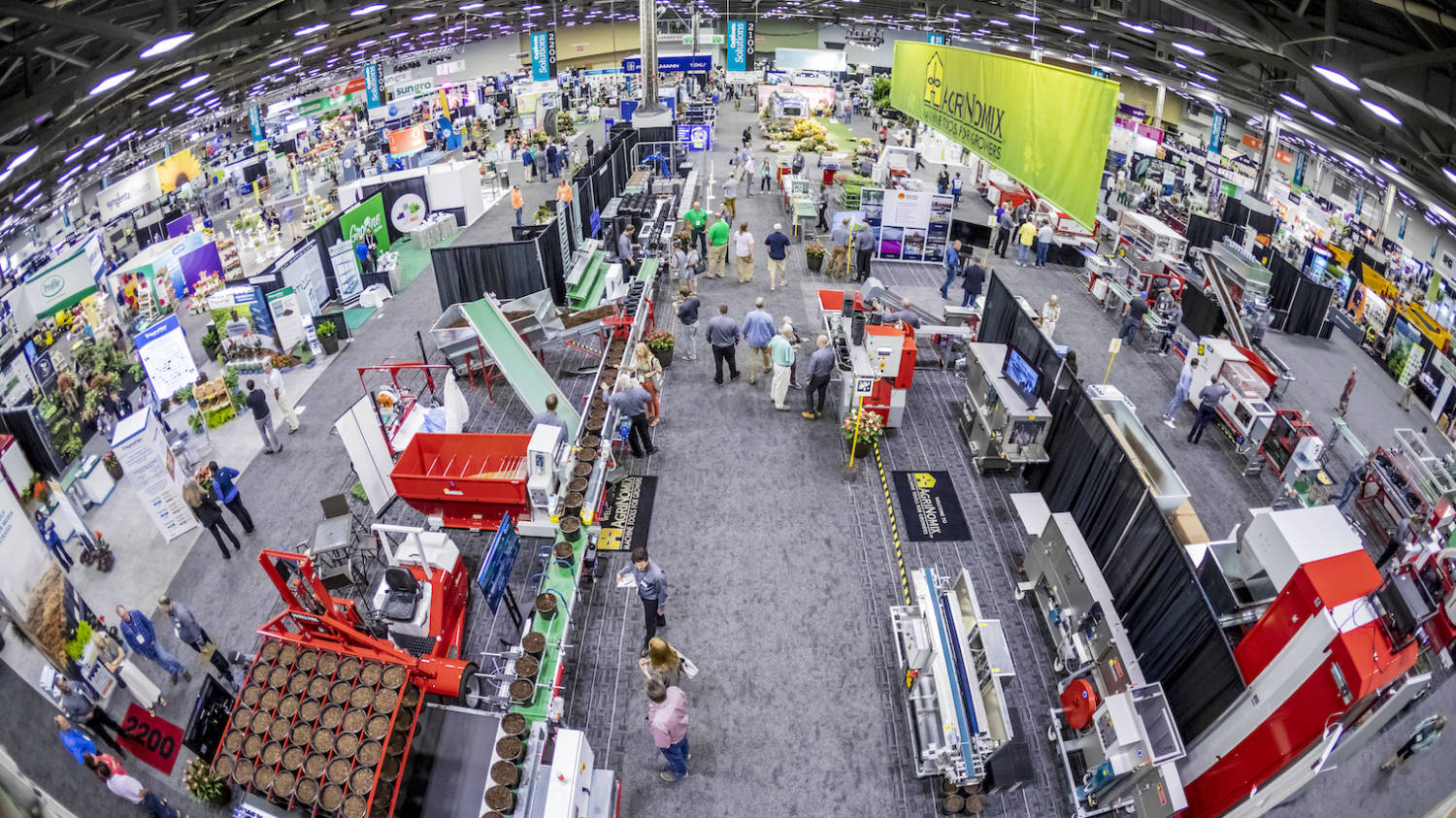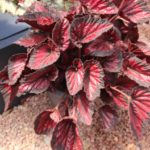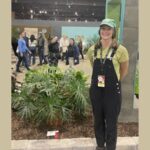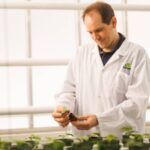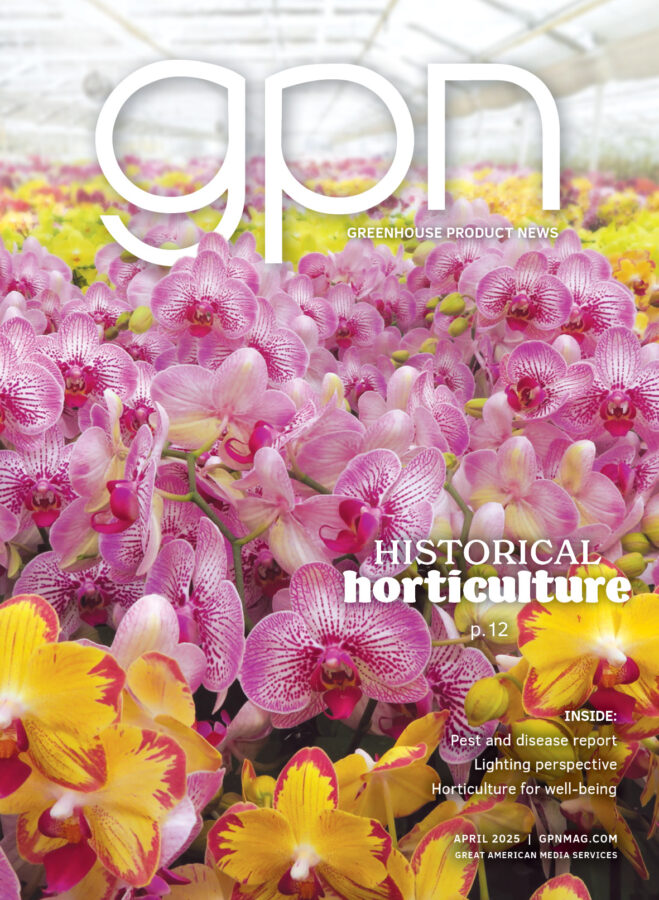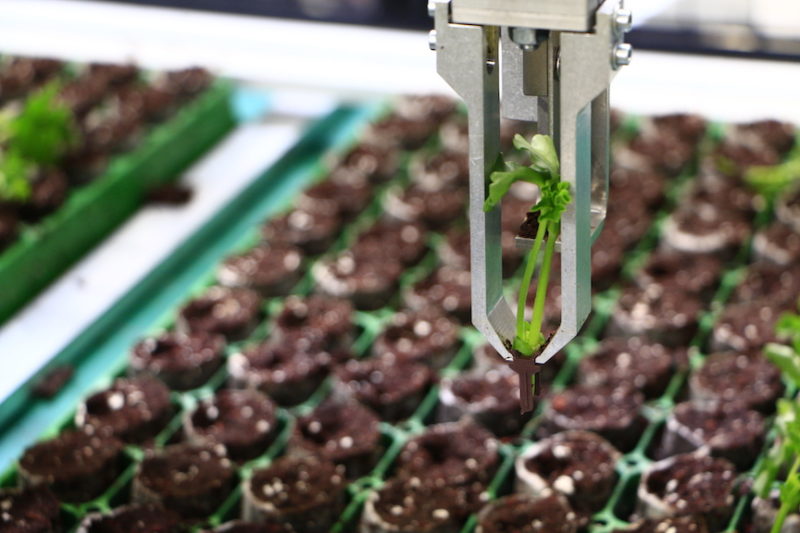
AutoStix Challenges and Opportunities
Think back to those days of first-time innovation in the world of agriculture: A one-man, horse-drawn plow was able to till 2 field acres a day … until modern farm equipment came along to accomplish the work at 150 acres per day. Amazing!

Now think of your current transplanting labor force sticking cuttings: A room full of stickers can transplant approximately 700 cuttings per person per hour*. Enter AutoStix, a machine by Visser Horti Systems. Your business can now stick 9,000 cuttings per hour using only three people.
It’s a whole new world, and we are moving on!
Can the AutoStix system revolutionize your greenhouse? Let’s look at some challenges and advantages, and all the considerations Dickman Farms debated before choosing to incorporate this automation into its business. The following details were shared at our case study panel discussion at Cultivate’18, and were based on trials Dickman Farms conducted during the 2017-2018 season.
First, some details. What is the AutoStix system? It is technology developed by Visser in collaboration with Ball Horticultural Company to automatically stick cuttings using one of their mechanized transplanters. The key to the technology is the AutoStix clip in which the cuttings are stuck into at the production farm before shipping to growers in North America. The clip is what the machine uses to transplant the cuttings into the propagation tray.

AutoStix clips are made of polylactic acid and potato starch. They are biodegradable and derived from renewable resources, such as corn starch, potato starch and sugarcane. When the clip is exposed to water and higher temperature, it will start to crumble and fall apart into small pieces. The process starts about three weeks after sticking the clip.
There are three different AutoStix clips being used currently: Geranium cuttings use the 34 strip, but the majority of the vegetative crops offered in this technology go into a 51 strip. There is also a 51 ST strip for New Guinea impatiens.
THE CHALLENGES
There is an upcharge of 2 cents to cover the cost of the clip, the added labor cost at the stock farm to stick the cuttings into the clip, as well as the increase in freight to ship the new format. Some other challenges present themselves when using the AutoStix system. As with any automation, there could be a mechanical breakdown of the machine, which impacts production time. Also, prestick rooting hormone applications are not easily used with this technology. Finally, not all products are available in AutoStix clips, which means alternative sticking methods must be accommodated for the crops that aren’t currently able to use this technology.
There should also be a skilled employee on staff to handle maintenance and operation adjustments to the machine — precise alignment is critical. Where the cutting quality is concerned, it is crucial that the quality and spec are consistent for the machine to operate smoothly. If the cuttings hook or have large leaves that overlap the adjacent cutting, there can be issues with quality after transplanting. A uniformly manufactured plastic strip is also important to ensure that the machine operates efficiently.
THE ADVANTAGES
Even with the above considerations to using this new system, AutoStix is full of opportunity and benefits. It solves many current grower pain points.
The AutoStix system:
- Provides uniformity.
- Solves labor shortages.
- Improves the production process.
- Creates more predictable productivity.
- Improves counts and quality control.
- Lowers sanitation risks.
The No. 1 cause for concern in our industry today is labor. Can you get the people you need for a short peak window? The AutoStix machine replaces approximately nine production employees (stickers). The machine doesn’t call in sick or show up late, and it is a more interesting and exciting machine to run than just manually sticking cuttings.
AutoStix improves the production process by ensuring a uniform planting depth and predibbling the cell before transplanting. Strips are already tagged for better visibility and traceability back to the farm. Additionally, fewer cuttings fall out in transit to the greenhouse because the cuttings are secure in the propagation media after transplant. Watering in after sticking is more effective, too, with better soil stem contact, for more uniform rooting. Simply loading the machine is easier than the labor it takes to pass out cuttings.
Regardless of genus, AutoStix machines always stick at the same rate per hour. This improves weekly production forecasting. Since each strip has 51 or 34 cuttings, the visual count check is much easier at the farm and in the greenhouse — a big improvement on quality control.
All AutoStix cuttings are packed with wet paper. This improves moisture retention in transit and allows better holdability in the cooler. Since fewer employees are handling the cuttings, it lowers risks of sanitation issues. Grippers on the machine grab the clip, not the plant, and they are stainless steel — easy to clean and sanitize.
DICKMAN FARMS – A BRIEF CASE STUDY
So why did Dickman Farms choose AutoStix? We were feeling the pain. We experienced a 28.86 percent increase in minimum wage over four years and a lack of available, quality, dependable seasonal labor. Our Adverse Effect Wage Rate (AEWR) was $12.83 in the New York State H-2A program with current local temp agencies asking for $15.41 per hour plus time-and-a-half over 40 hours each week. Because of this, plus many production peaks and valleys, the simplicity of the machine, the improved product handling and overall system benefits became very appealing.

We also were looking for ways to streamline our sticking process. Before AutoStix we would run three different manual sticking lines in peak production, each line holding up to 18 people. Every line needed a minimum of three people who were not sticking: One person to hand out cuttings, one person to take finished trays, and one person to place trays to be stuck. We had nine employees total who were never sticking the cuttings but needed to keep the process moving. With AutoStix, three people can comfortably run the machine at 100 percent output.
AutoStix allowed Dickman Farms to focus on quality of material and inventory management and less about managing seasonal workforce peaks. We also noticed improved visibility of our production needs. AutoStix can stick basically anything that can be produced in a clip. With manual sticking, we would be constantly changing over dibbles for diameter size, explaining the meaning of “double stuck” items, and transitioning between plant varieties. We now know our machine will produce at least 9,000 cuttings per hour. That has become one of the greatest benefits of AutoStix.
The gains over all our labor pains was conclusive for our company. While AutoStix may not be for every grower, ask yourself: Do you have the labor available now and for the future? What will the cost of seasonal labor look like by 2025? These are things to consider when making a decision that affects the quality of life for owners and greenhouse managers.
*Number of cuttings stuck per person per hour varies by business. This data reflects Dickman Farms’ handling of cuttings.
SIDEBAR
INTO THE FUTURE
During the 2017-2018 season, there were 11 AutoStix machines in use across North America. They transplanted approximately 30 million cuttings. During the 2018-2019 season, it is estimated that a minimum of 21 machines will be running in North America.
There has been full adoption of AutoStix clips by major cutting suppliers (see list below). Contact your preferred distributor for full details and product assortment.
- Ball FloraPlant
- Selecta One
- Darwin Perennials
- Cohen
- Hishtil
- Danziger
- Dümmen Orange
- Innovaplant
- Syngenta








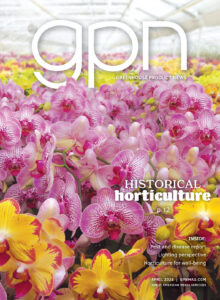
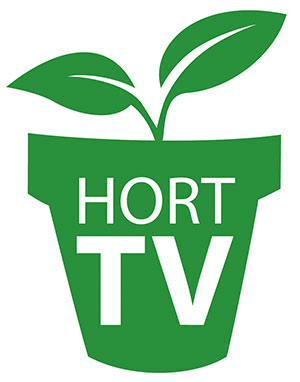 Video Library
Video Library 